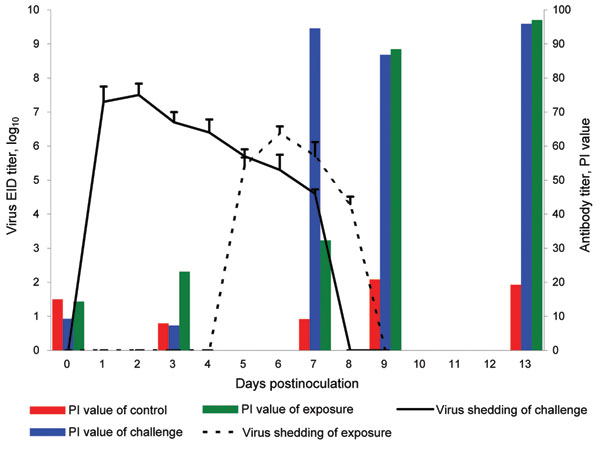Volume 15, Number 1—January 2009
Dispatch
Experimental Infection of Dogs with Avian-Origin Canine Influenza A Virus (H3N2)
Figure 1

Figure 1. Histopathologic appearance of tissue of dogs experimentally exposed to canine influenza virus by contact with infected dogs. Severe necrotizing, suppurative tracheitis and bronchioalveolitis were observed in the contact-exposure group on day postinoculation (dpi) 13. However, influenza-associated lesions were not yet present in these dogs on dpi 7. Original magnification was ×200 for all images. Hematoxylin and eosin stain.
Page created: December 06, 2010
Page updated: December 06, 2010
Page reviewed: December 06, 2010
The conclusions, findings, and opinions expressed by authors contributing to this journal do not necessarily reflect the official position of the U.S. Department of Health and Human Services, the Public Health Service, the Centers for Disease Control and Prevention, or the authors' affiliated institutions. Use of trade names is for identification only and does not imply endorsement by any of the groups named above.